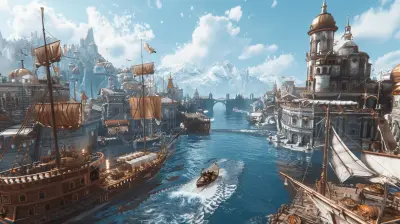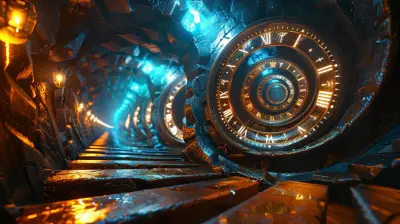How Free-to-Play Games Monetize Through Economy Design
7 October 2025
Let’s be honest—how many times have you downloaded a free-to-play game thinking, “Oh sweet, it’s FREE!” only to find yourself 18 hours deep, your wallet mysteriously $29.99 lighter, and you now own a digital hat for a penguin?
Yep. We’ve all been there.
Free-to-play (F2P) games are like that friend who says, “Come over, no need to bring anything,” and then you show up and suddenly you're footing the pizza bill. But hey, who’s complaining when the pizza (aka gameplay) is delicious?
So what’s the deal? How do free-to-play games make money, especially when they hand out downloads like Oprah hands out cars? 🎁🚗
Well, buckle up, because we’re about to take a hilariously honest dive into the world of game economy design and how it turns your playtime into paytime.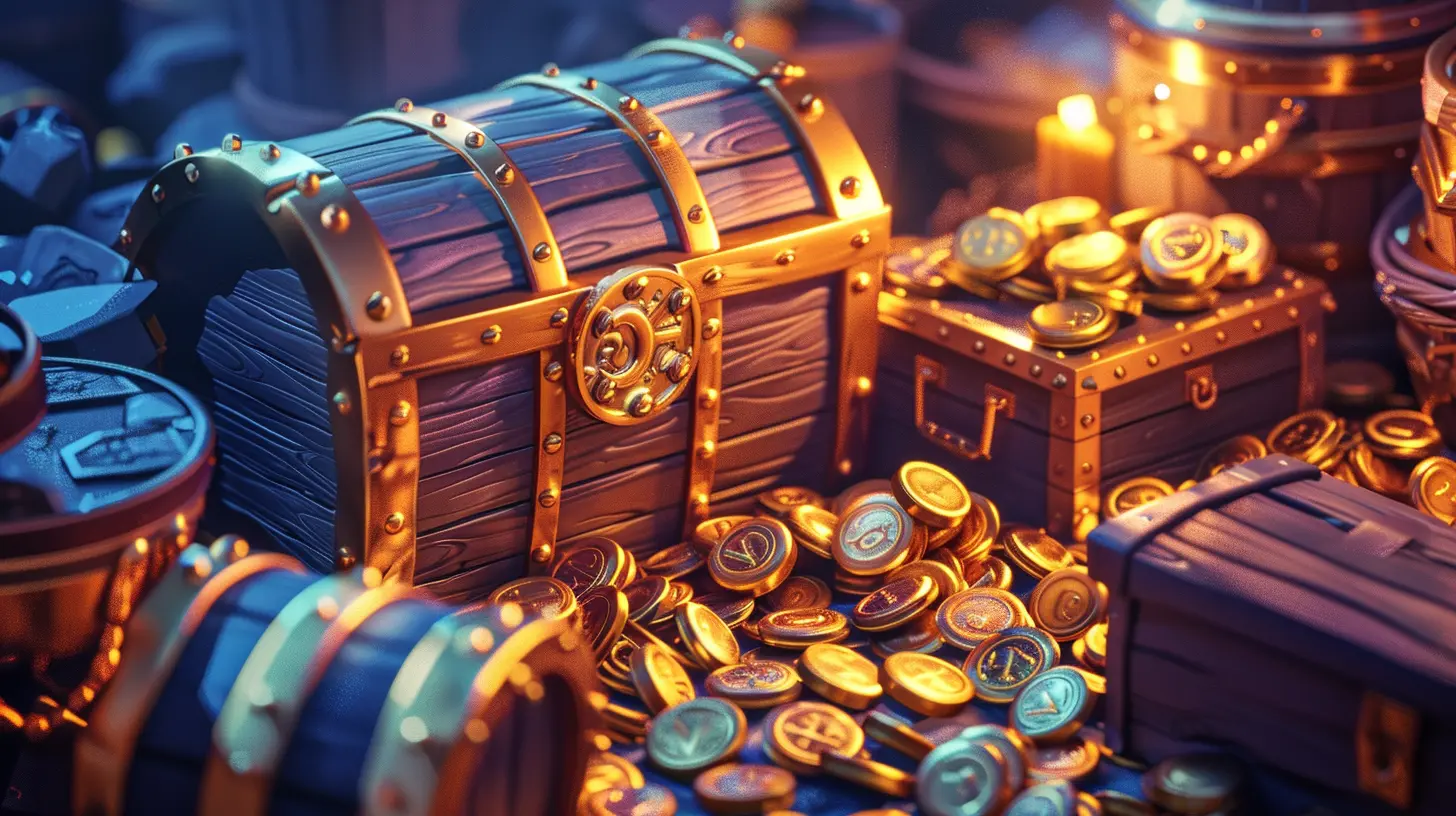
What Even Is Economy Design in Games?
Think of economy design as the invisible strings pulling the puppet show. It's everything from how often you get rewards, how hard it is to earn in-game currency, to how tempting that rare skin looks in the shop.In other words, it’s the balance between:
- Giving you JUST enough stuff to keep you playing...
- But not quite enough to stop you from saying, “Just this once…” as you punch in your credit card number.
It’s a psychological dance of dopamine hits, grinding, FOMO (fear of missing out), and shiny collectibles.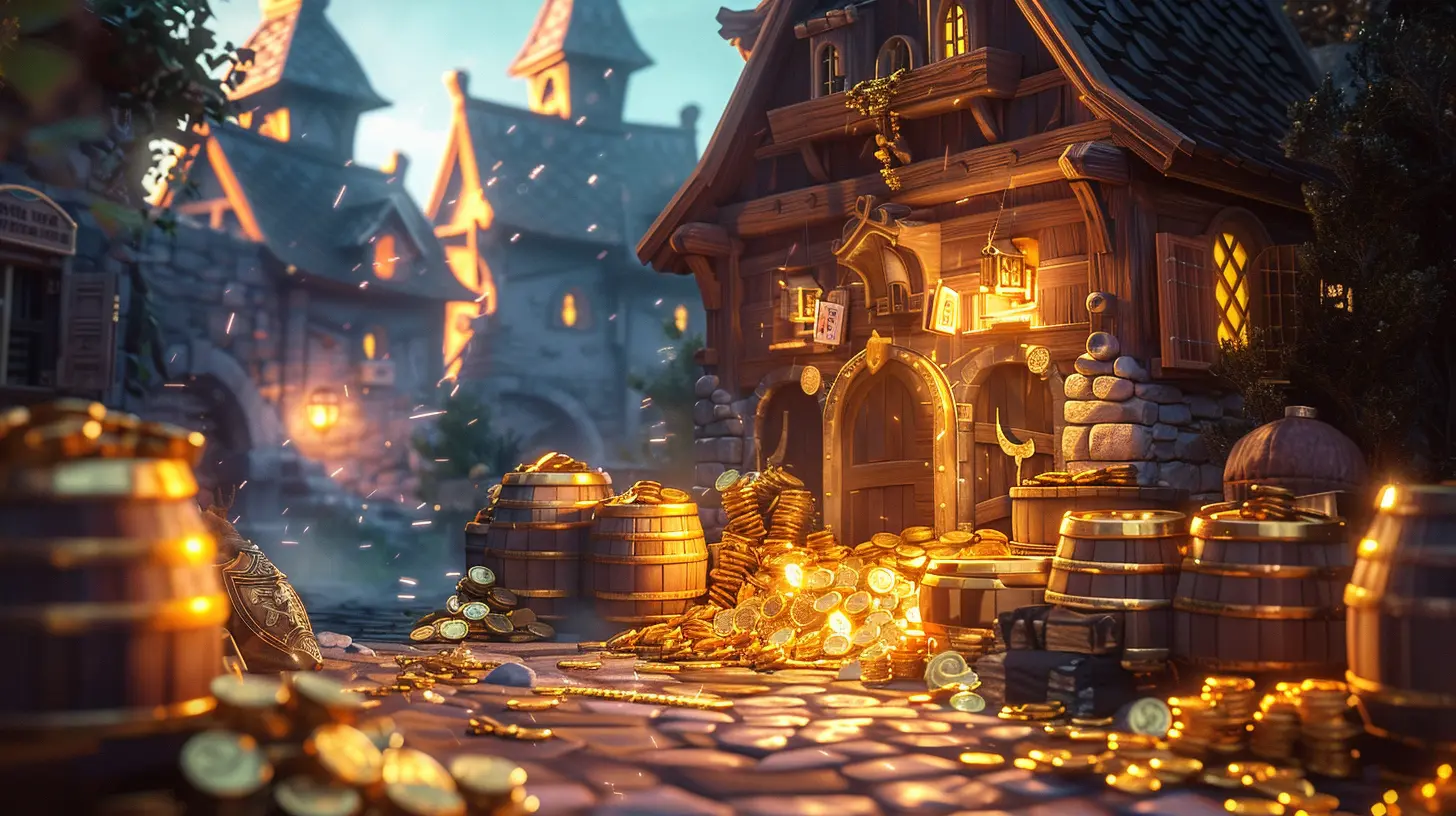
Step 1: Hook 'Em With Free Stuff
Here’s the genius. Free-to-play games aren’t just brooding in a corner twirling their villain mustaches. They actually want you to have a good time—at first.Game devs use the “hook” phase (also known as the honeymoon period 💘) to woo you. You’ll get:
- Tons of rewards
- Fast level-ups
- Loads of in-game currency
- A new favorite character every 5 minutes
It’s like a buffet where you eat for free… until dessert. And oh boy, dessert ain’t cheap.
This is where they build trust and get you emotionally invested. It’s all part of the economy design master plan.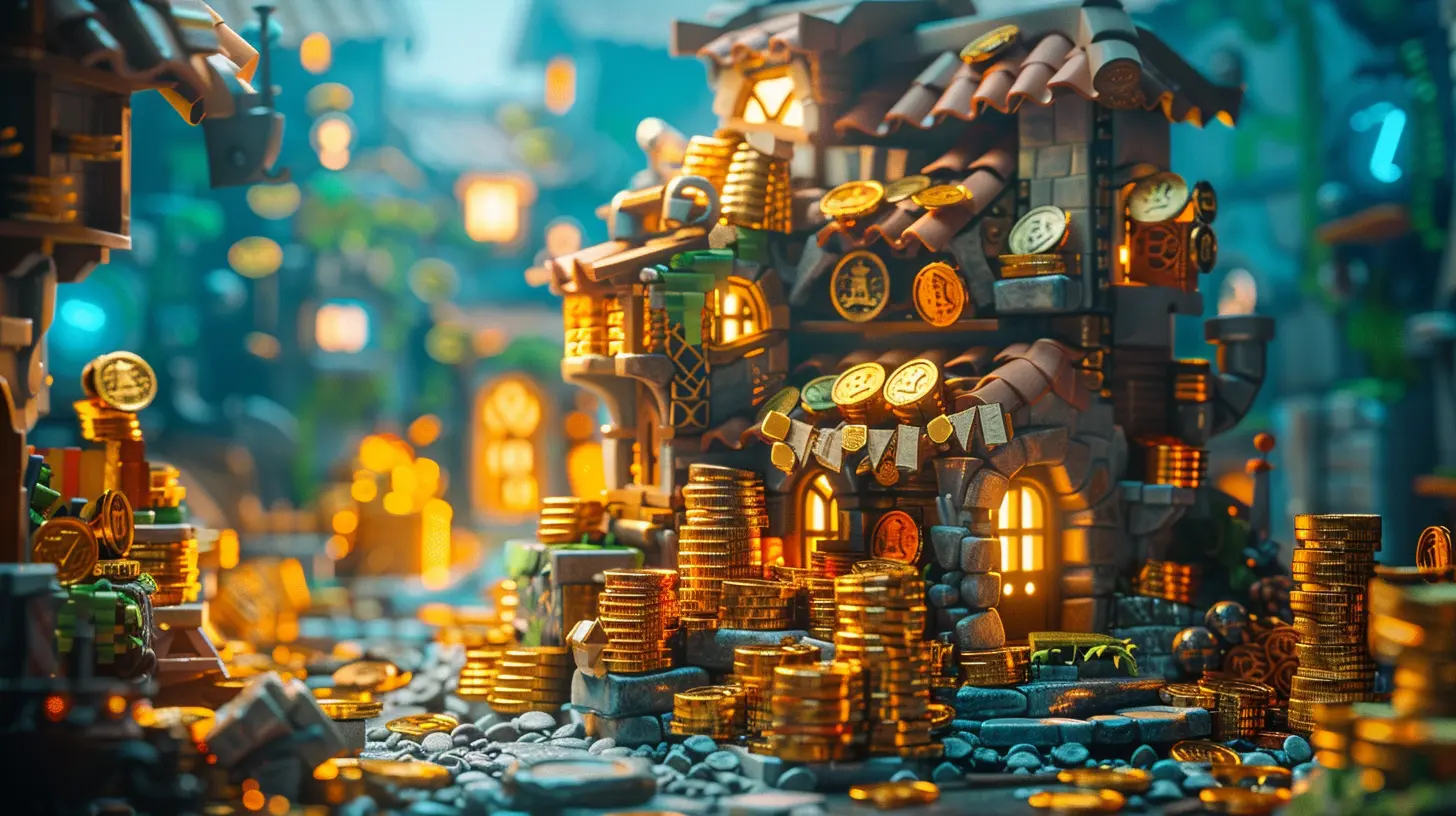
Step 2: Hit the Grind Wall
After a few glorious hours, the tone starts to shift.Your rewards slow down. That next upgrade costs 10x what the last one did. And grinding the same level for the 50th time makes you question your life choices.
And there it is—the grind wall. It’s the economy’s gentle nudge that goes: “Hey buddy, you tired of this? We can speed this up… for $4.99.”
Let’s be real. It’s like they built a beautiful road trip simulation—except your car runs out of gas every five miles unless you stop at their pricey fuel station.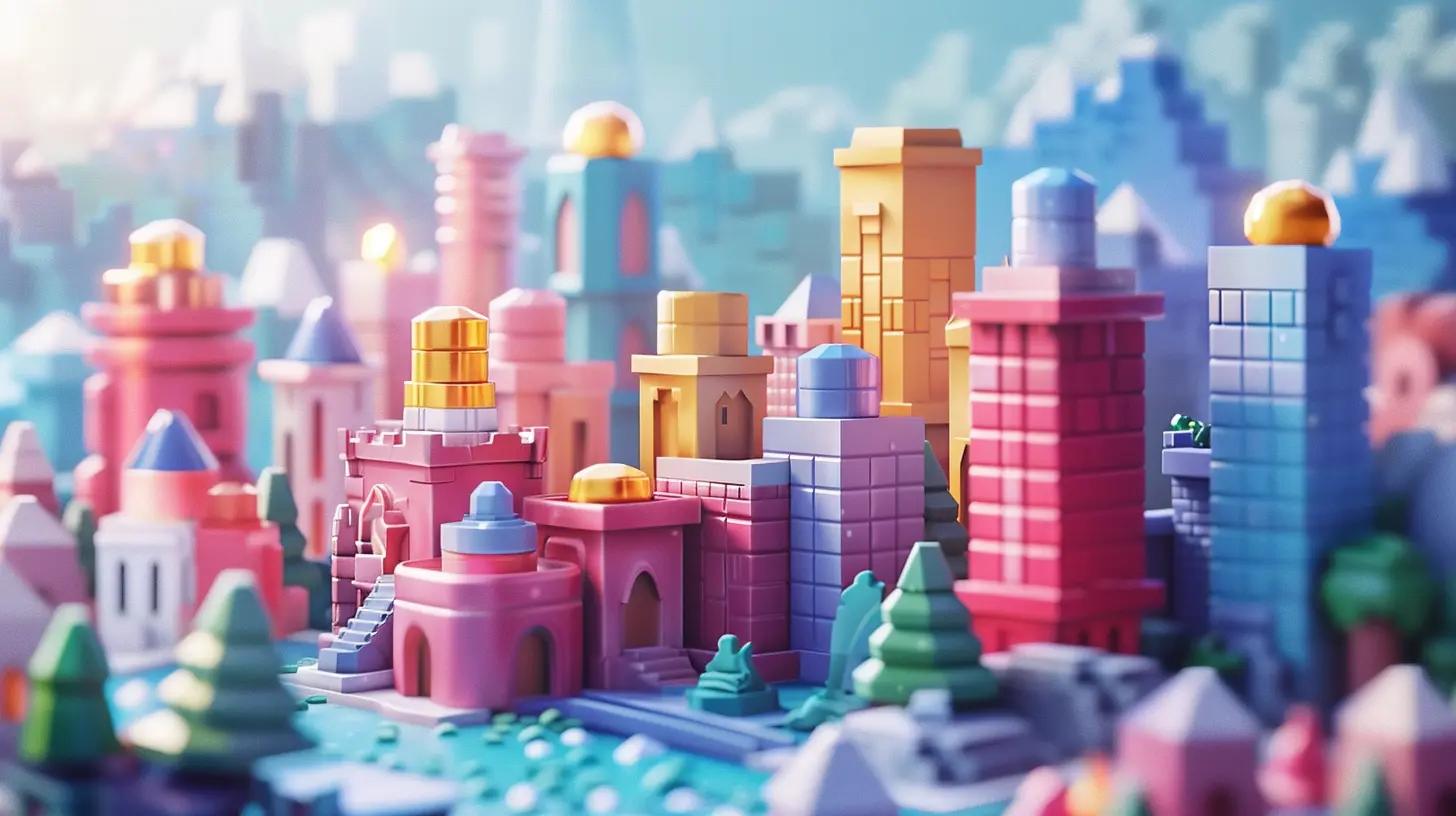
Step 3: Sell the Solution, Not the Problem
Here’s where it gets clever. F2P games don’t sell you content—they sell you relief.- Annoyed by long timers? Buy speed-ups.
- Need one more gem to unlock that character? Buy a gem pack.
- Want to skip the 30 hours of grind? Pay-to-skip, baby.
It’s like if a restaurant gave you a free meal, but charged you for the fork. You could eat with your hands, but... you don’t want to be that guy.
And this subtle monetization tactic? All part of a well-designed economy.
The Big Guns: Microtransactions & Premium Currency
Let’s talk money. Specifically, the sneaky brilliance of:💎 Premium Currency
Most F2P games don’t just use dollars. Oh no. They use “gems,” “crystals,” “V-Bucks,” or some made-up fairy dust you gotta buy with real cash.The trick? You buy these in bundles. So you want an item that costs 475 Coins, but the closest bundle is 1,000 Coins for $9.99. Congrats! You’ve now got leftover currency and a subtle reason to spend again.
It’s like buying a 10-pack of hotdog buns but hotdogs come in packs of 8. Coincidence? I think not.
💰 Microtransactions
Small purchases that don’t feel like a big deal individually. The ol' $0.99 here, $1.99 there. But over time? That stuff SNOWBALLS. You're not buying another game—you’re funding one.This brilliant design makes budgeting harder and spending easier. It’s psychology, not sorcery. But close.
Gacha Systems: The Slot Machines of Gaming
You ever pull a slot machine? That little rush you get before you see the results? That’s gacha.Gacha systems are basically loot boxes or card-pull mechanics where you gamble in-game currency for rare characters, weapons, or skins.
The economy design here is pure casino energy. You get:
- Low odds of rare items
- Duplicate prizes
- “Pity” systems to make you feel like you’re not getting totally ripped off
This system thrives on hope. The hope that this pull will be the lucky one. Spoiler: it usually ain’t.
And if you run out of pulls? You guessed it—you can BUY more.
Battle Passes: The Gym Membership of Games
You know those monthly gym memberships you forgot to cancel? That’s a battle pass.A battle pass is a tiered reward system where you earn rewards by playing, but premium rewards are locked behind a paywall.
Why do these work so well?
- They add FOMO with limited-time rewards
- They encourage consistent play (hello, daily logins!)
- They give a sense of value (100 items for $10? Heck yeah!)
The battle pass is a masterclass in economy design. It’s not just spending money—it’s investing your time too. And the more time you invest? The more likely you’ll cough up some cash.
Limited-Time Events and Skins: FOMO Fuel
Ever missed out on a limited-time event and felt like you lost a piece of your soul?F2P games prey on this hard. They rotate in flashy, time-sensitive content to:
- Create urgency
- Drive engagement
- Encourage impulse buying
It’s the same tactic as “LIMITED STOCK!” banners in online shops. Only this time, it’s a flaming unicorn skin with sunglasses riding a skateboard. You don’t need it, but… you kinda do.
Ads: The “Not Gonna Pay? Watch This Instead” Option
Not everyone wants to pay, and F2P devs know it. So they say, “Cool, just watch this 30-second ad for toothpaste.”This is called rewarded ads—you watch, you get stuff. Everyone wins (sort of).
- For devs: it’s ad revenue
- For players: it’s a way to keep playing without spending
- For brands: it’s… you, watching a toothpaste ad in the middle of a zombie invasion
The option is subtle and optional, which makes it feel less invasive. Another elegant touch in the economy design playbook.
Social Pressure & Flexing: The Status Game
Gamers love to flex. And game devs know this.By integrating leaderboards, skins, emotes, and visible cosmetics, F2P games let players show off. And nothing drives spending like the desire to be the best-looking pixel warrior on the block.
It’s like high school popularity contests, but you’re paying money to be prom king.
And for the devs? It's cha-ching every time someone buys a skin to keep up with the Joneses.
Whales, Dolphins, and Minnows: Know Your Players
F2P games break down their players into adorable aquatic metaphors:- 🐋 Whales: The big spenders. They drop hundreds or even thousands.
- 🐬 Dolphins: Medium spenders. Maybe $20-50 here and there.
- 🐟 Minnows (or F2Pers): They spend nothing but support the ecosystem by being active players.
A solid economy design caters to ALL of these. Whales keep the lights on, dolphins keep the ecosystem thriving, and minnows keep the servers full and matchmaking fast.
Free-to-play only works when everyone plays a part—literally.
Smart UX = More Monetization
The interface isn’t just about being pretty—it’s about guiding you, gently, toward your wallet.- Big red buttons for discounted bundles
- Pop-ups that trigger after a loss
- Smooth, frictionless in-app purchases
If the “Buy Now” button is easier to find than the “Settings” menu? That’s intentional.
Economy design works hand-in-hand with UI/UX design to create a seamless spending experience. So seamless, you won’t even notice your bank account quietly crying in the background. 🥲
Ethical Considerations: Where’s the Line?
Look, we’re not here to paint free-to-play devs as greedy goblins. Most of them genuinely want to make fun games AND make a living. Fair!But there’s a line between smart design and shady manipulation. Critics often point to:
- Predatory gacha odds
- Aggressive timers and pop-ups
- Targeting younger players
The best games? They find the sweet spot. They respect your time, offer fair alternatives, and still make money without making you feel like a tricked-out ATM.
So, Should You Spend Money in F2P Games?
Honestly? If you’re enjoying the game, and the value feels worth it? Go for it.The magic of economy design in free-to-play is that you have options. You can play for free, spend a little, or go full whale-mode in your mom’s basement (we won’t judge).
Just always ask yourself:
- “Do I actually want this?”
- “Would I spend this money if it were real-world, non-pixel pants?”
- “Am I still having fun?”
If the answer is yes—game on.
Final Thoughts: Behind the Free Is a Lot of Strategy
Free-to-play games are anything but simple. Behind the scenes is a ridiculously intricate economy meant to balance enjoyment, frustration, reward, and temptation. It’s a delicate dance where game designers double as economists, psychologists, and part-time magicians.So next time you spend $4.99 to revive your squad or unlock the warrior llama skin—just know it wasn’t an accident. That button? That price? That pretty animation?
All part of the plan.
all images in this post were generated using AI tools
Category:
In Game EconomyAuthor:

Jack McKinstry
Discussion
rate this article
1 comments
Melissa Gibson
Fascinating insights! Excited to learn how economies shape gameplay.
October 15, 2025 at 3:13 AM

Jack McKinstry
Thank you! I’m glad you found it interesting—there's a lot to explore in the intersection of game design and economics!
